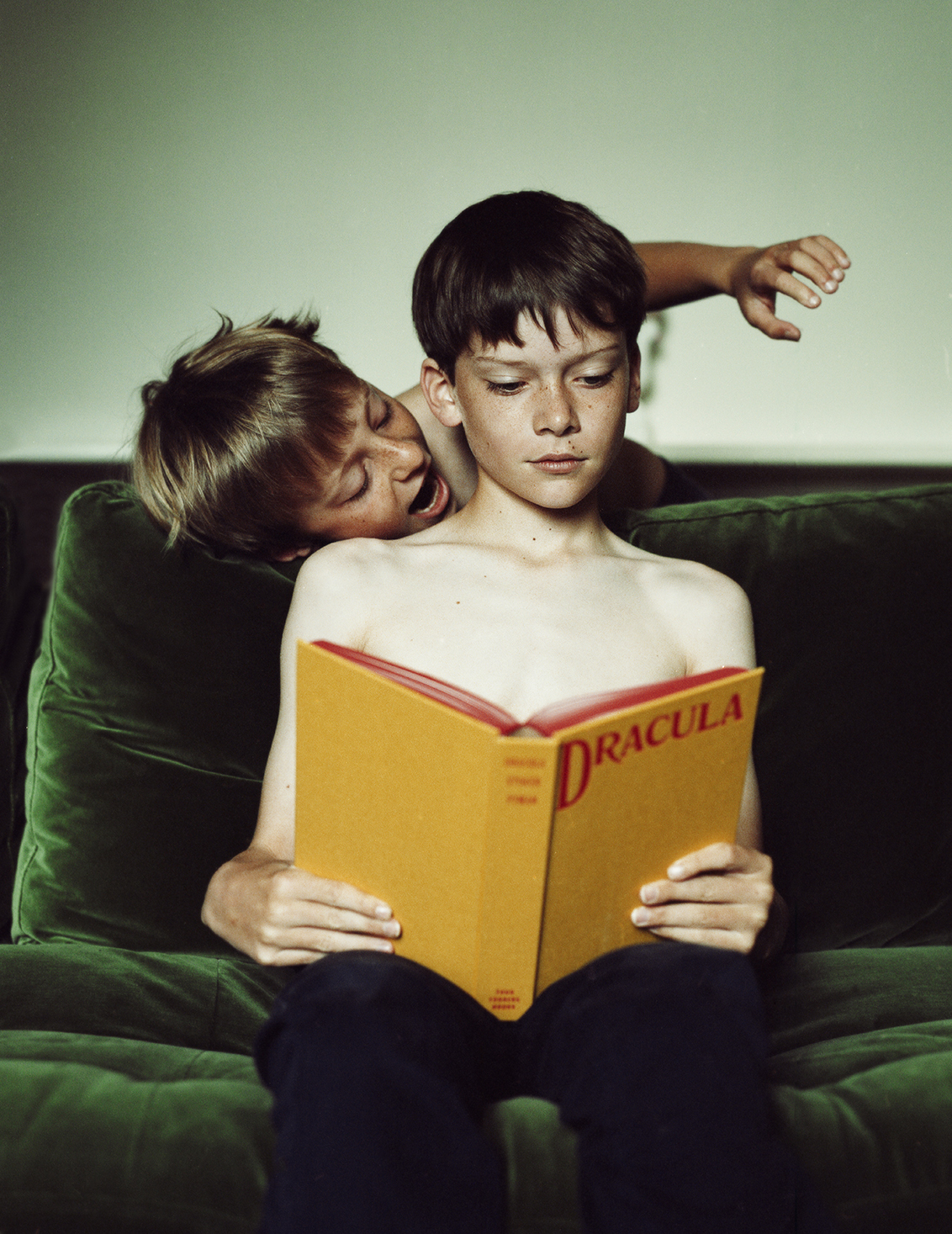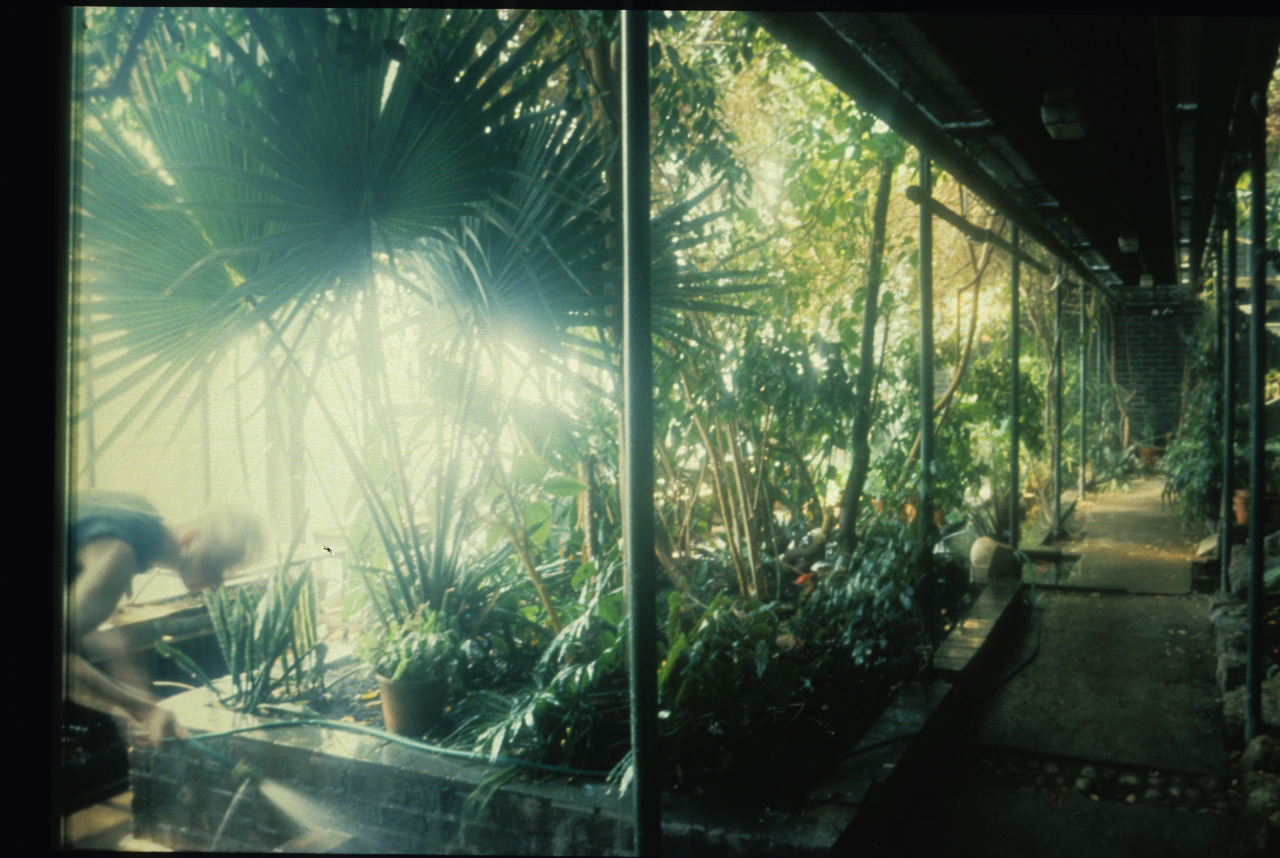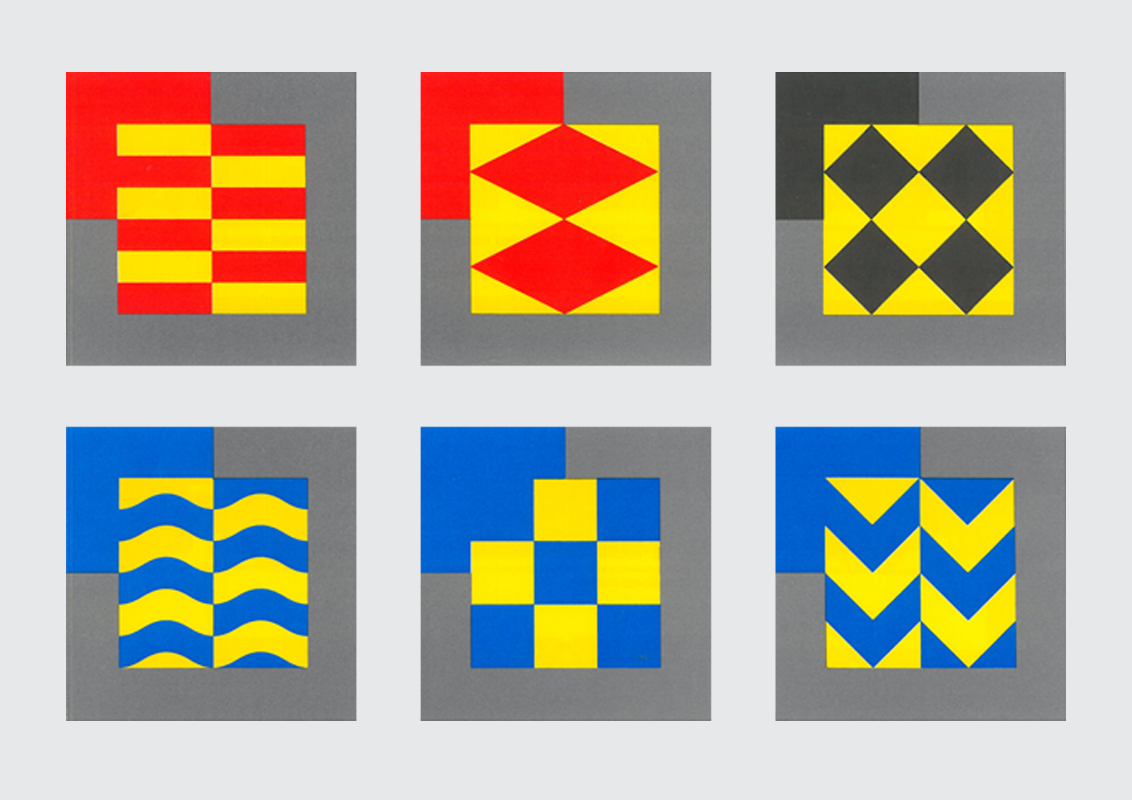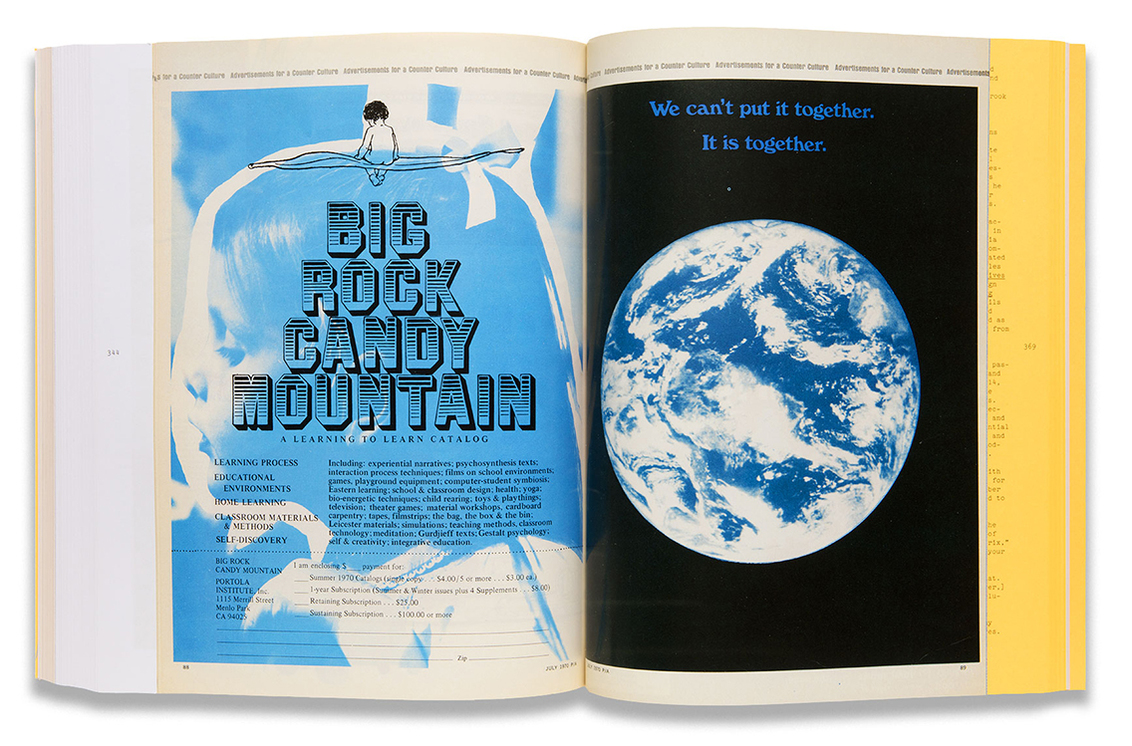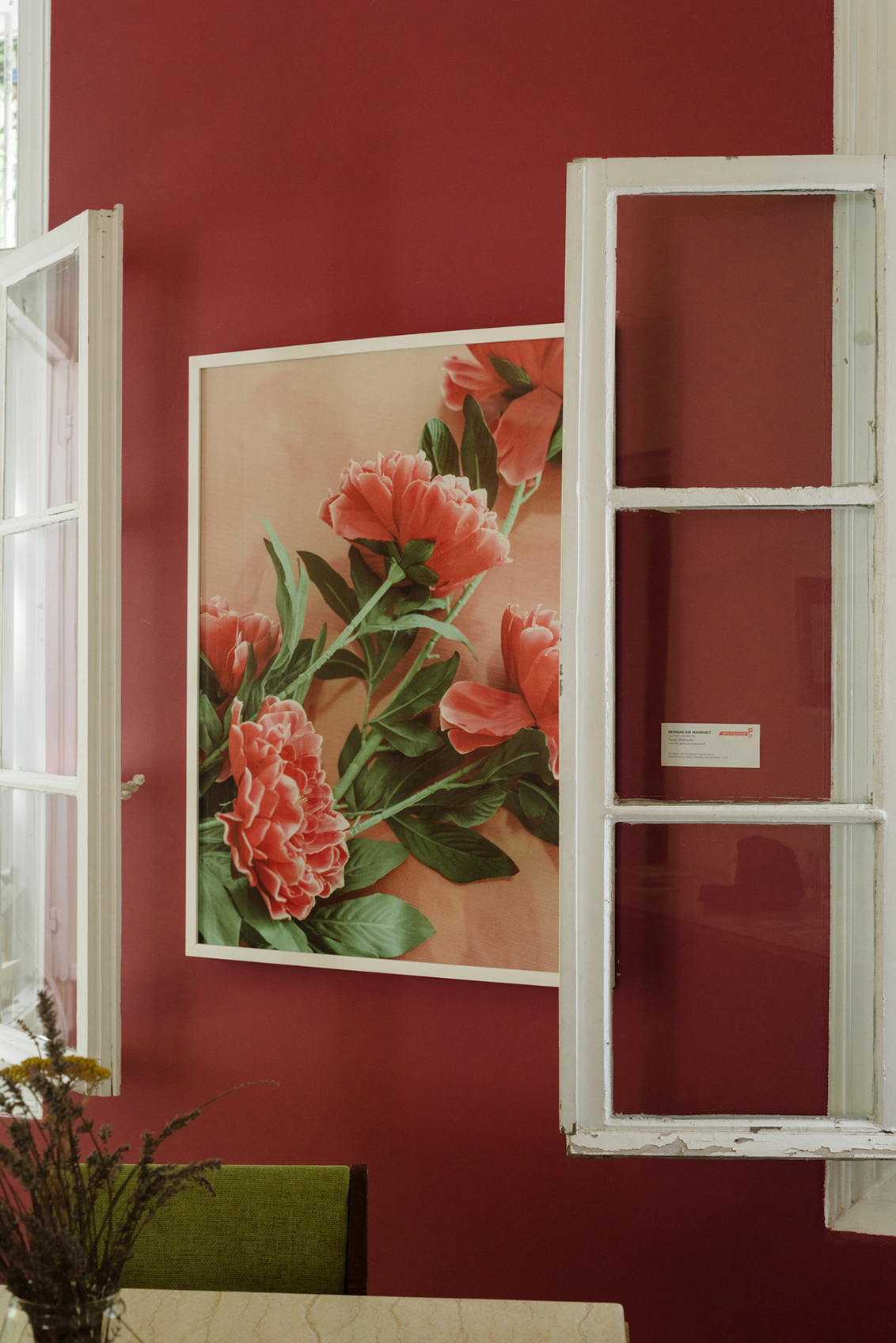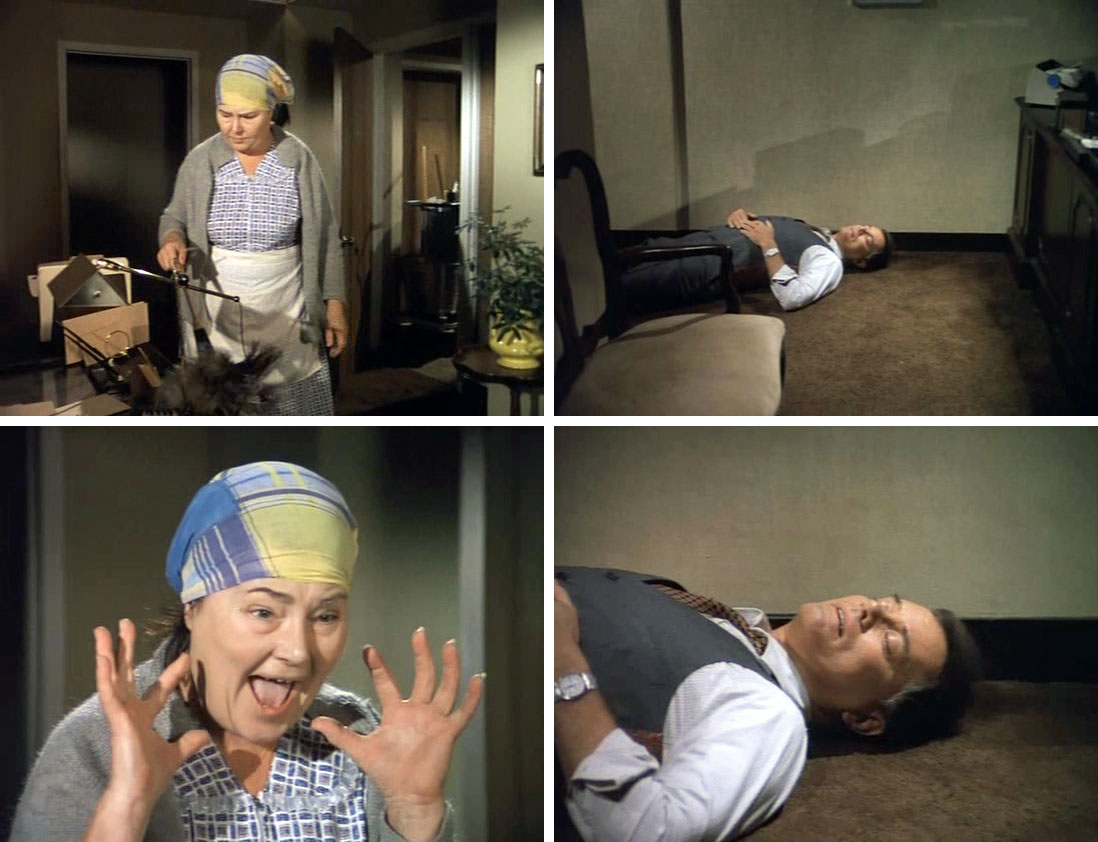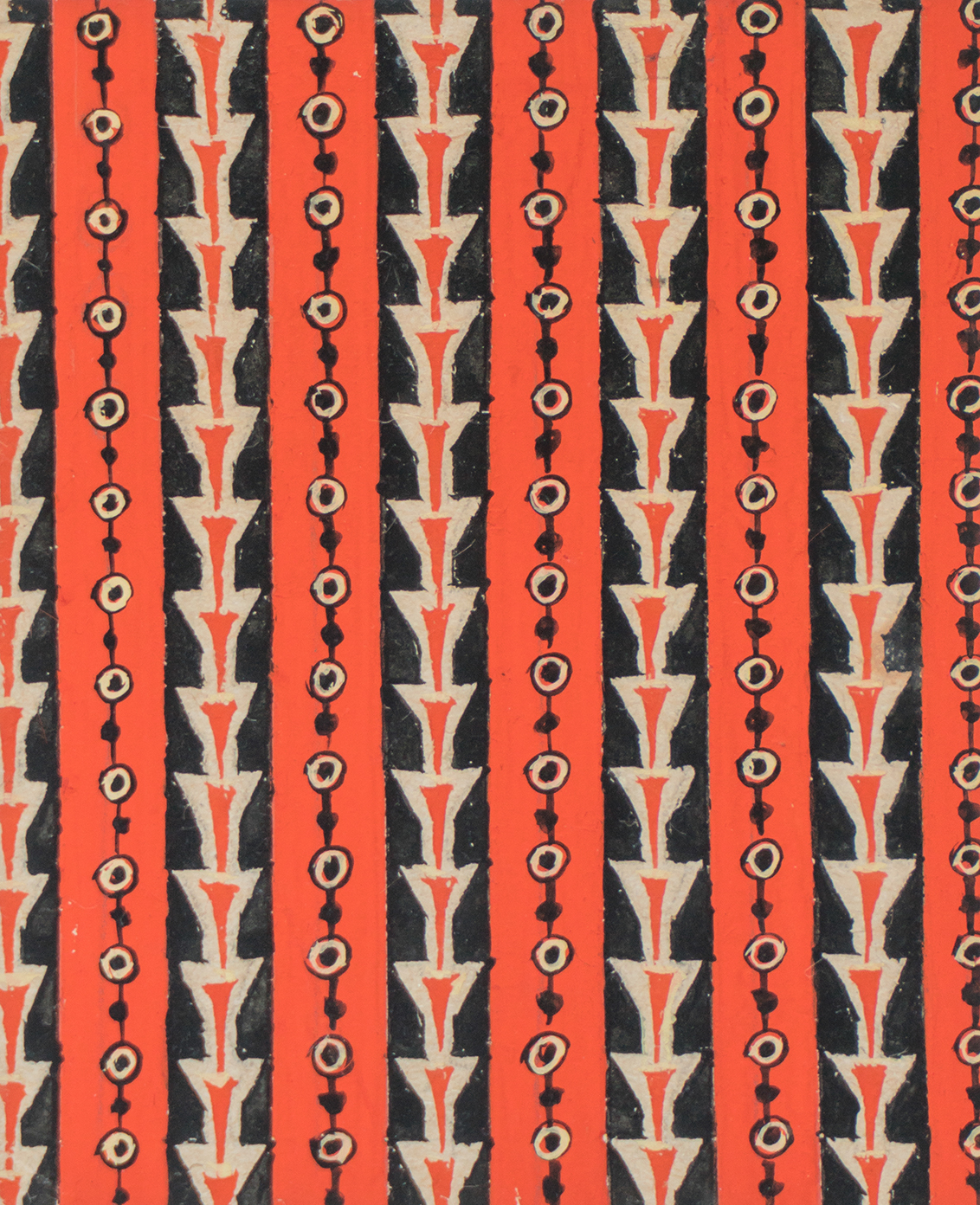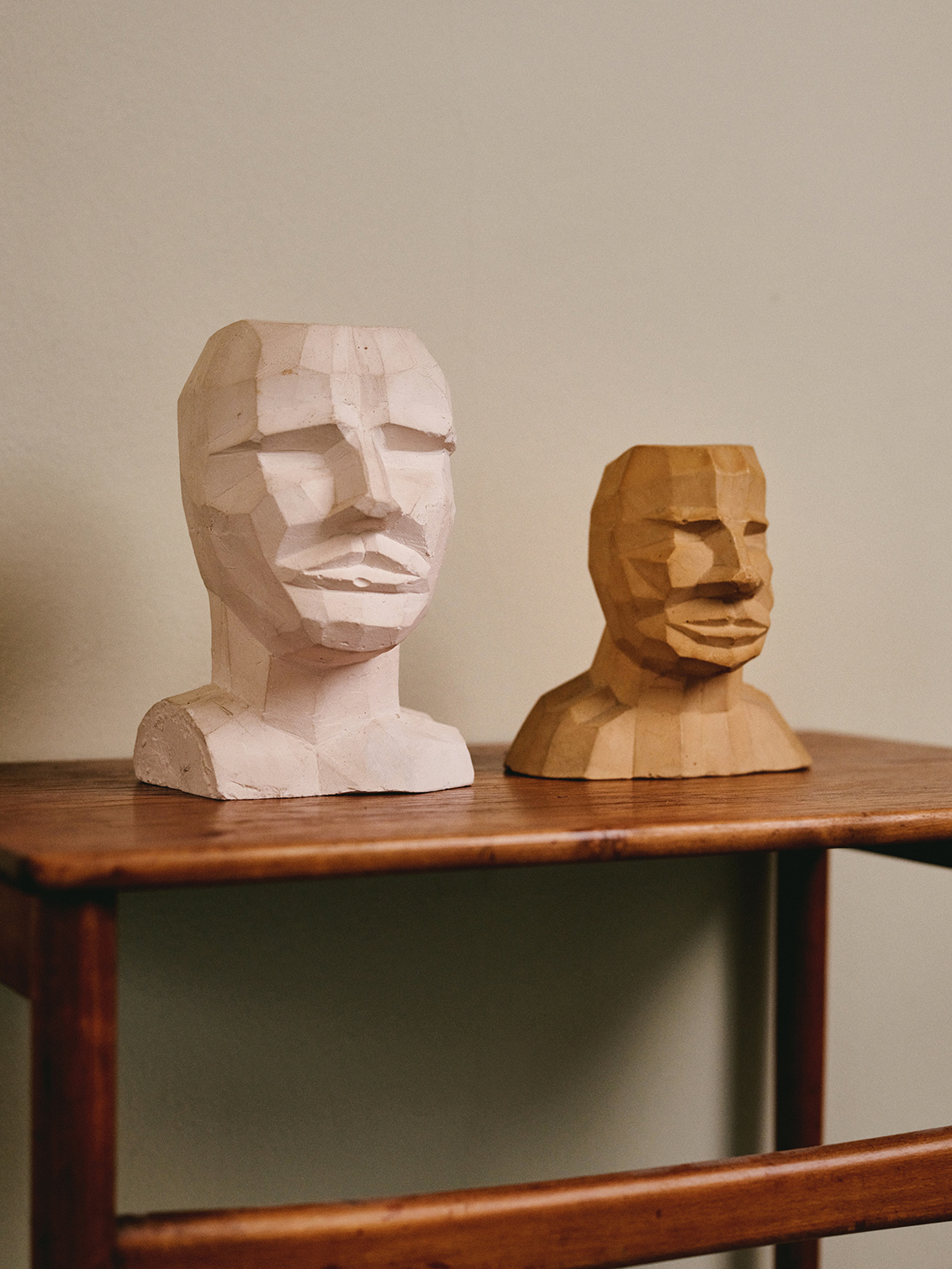
His house is dotted with masterworks, from archive Paolozzi sculptures, to maquettes, ceramics and prints that adorn the walls of almost every room; as well as his own ceramics, and a vast collection of antique and contemporary pieces. When we returned to photograph his collection of Paolozzi’s work, there were recently returned pieces from the Whitechapel show, leant against sofa cushions, beside fruit bowls on the dining table and stacked behind a dolls house and pile of books.
As Aristotle the cat splayed himself prominently across an Eames footstool, we sat with cups of tea in Paolozzi mugs, and Queensberry started at the beginning. “It just so happened that Eduardo, who was a rather famous artist by then, was also one of my best friends. So I said to him, ‘What do you think about working for a bit at the college? It’s a nice environment, and you can do your own thing there’. He said yes, so he shipped up and started coming in. He had a glorious presence, some people found him rather difficult, other people, quite magical.”
In 1959, when David Queensberry was appointed head of ceramics at the RCA, the college had been through an overhaul of approach. “Since 1948, when Robert Darwin took over as rector, there was a drive to go back to its roots and be primarily concerned with design,” Queensberry explains. With his appointment came the decision that “this ought to change, the college’s approach to ceramics should be on a wider spectrum. From pre-Ice Age figurative sculpture, to mugs and high technology ceramics; as well as works that didn’t have any umbilical connection with a pot—objects, or artworks.” The design part Queensberry could handle. “I had great experience in the industry, but we were taking on these students who needed something else.” That’s where, and when, Eduardo Paolozzi came in.
“Eduardo wouldn’t give traditional advice. He wouldn’t say ‘Why does the handle on that cup have such a pedestrian angle?’ Instead he’d ask ‘Why do you need a handle on a cup at all? The Japanese don’t.’ He’d bring in portfolios full of the collage material he’d been working with, and hand it out to people. He could be very, very good for certain students, he was like a conjurer, he could pull a rabbit out of a hat.”
Paolozzi would invite students for dinner at the Meridiana, a now long gone Italian restaurant in South Kensington, where “he had given the guy all these sculptures for their terrace, in exchange for unlimited credit at the restaurant. We’d have a huge table, the students would be wined and dined, and sometimes things would go a bit wrong – he had quite a short attention span, and if he got bored with things, he’d leave abruptly.”
A regular guest at the Meridiana, was product designer Robin Levien, a former student and assistant of Paolozzi’s. Levien recalls: “He was one of my tutors, but tutor in an unconventional sense. We didn’t have formal meetings or tutorials, it was more that he was around. There was one occasion where Paolozzi told a student, ‘Come and see me at my studio at Dove House Street tomorrow’, she said ‘Fine, what time should I come?’ And he told her to arrive at 8am, probably quite provocatively to suggest she ought to be up early if she wants to be a serious artist. So she arrives at 8am, presses the buzzer and just as the door opens, three dwarves came out. When she arrived upstairs, nothing was said.”
“I always thought of Eduardo of a bit of an enigma, he’d be giving things away all the time, but it was surprisingly difficult to give him anything,” Levien continues. “It was a way of keeping everybody at a distance—it adds a performative quality to relationships—and it kept him in control” says Levien. “I got to know him reasonably well, because he was interested in my work. He offered to buy some a few weeks before my degree show, and I said: ‘Eduardo, OK, but I’d rather see how things go at the show before saying yes’. And unlike my BA show, I didn’t sell anything—it was all a bit academic, a bit cerebral—so afterwards I asked if he’d still be interested in buying my work, and Eduardo said: ‘No, too late.’ It was a great lesson about not looking a gift-horse in the mouth…”.
After graduating, Levien returned to the RCA to assist David Queensberry, who ran his ceramics business from the college. “I was still around a bit, and so was Eduardo, and on one day I came back from a job interview with Terrence Conran, which David had recommended me for, and was telling Eduardo about it. All he said was: ‘Another one of my failures’, which was really his sense of humour. Eduardo had taught Terrence at the Central, I suppose it was because he had gone into design and not art.”
“Eduardo would be in the interviews, as would some of the students. There was one occasion where, after the interviewee had left, he just remarked: ‘Evening class, not collected.’ It doesn’t get worse than that, does it? He was very sharp, very succinct”, recalls Levien. “He had a wicked streak too. There was one occasion when he bet a girl in my year £100 to streak around the Albert Hall, and that was a lot of money in the 70s. So half the ceramics department went down to the lobby, she took off her coat and ran, and when she came back to the double doors, he wouldn’t open them! He did give her the £100, though.”
That wicked streak ran through to his dealings with the art world, “When he had the Tate exhibition in 1971, which had probably been his biggest show to date, he suddenly became popular on another level”, says Levien. “The story goes that a couple of rich American women came to his studio—and a lot of the things he was doing at the time were tables with objects on top. He would make the works in wax and if someone wanted to buy one, it would be cast in bronze—and these women were gushing about how fabulous everything was, ‘We love it, it looks so great’ [said in a fittingly exaggeratedly gushy American accent], and then they got around to the price. I don’t remember the exact figures, it might have been something like, ‘it’s £10K’, at which point they said: ‘Oh dear, Eduardo, that’s a little more than we’d really want to spend’. So he took a couple of steps back, went at it, and kicked a lump of wax off the top of the work. ‘OK, that’ll be £8K’, he said. He might as well have just kicked them right up the backside.”
“He never really had a good relationship with an art dealer”, remarks Queensberry, “he was suspicious of them. Of course, it didn’t help him. He was prolific, and varied, there’s no obvious theme, and in a lot of ways, Eduardo’s work is difficult. He stood for something different. His work is alarming, the opposite to decorative”, he says. “A lot of work was left unsigned, and he was always giving it away – no good keeping it in the drawer forever.”
One such instance led to a strange incident involving the exhibition of a series of erotic collages, supposedly attributed to Paolozzi. “Francis Morland, who was a sort-of wannabe artist in the 50s, had latched on to Eduardo”, remembers Queensberry. “He was quite rich—his family ran a business that made sheepskin coats in the West Country—and he built a primitive foundry, in which he made primitive castings. He then went on to get heavily involved with drugs, spending eight years in prison in America when he was apprehended with a massive haul while sailing his yacht.”
“Then about two years ago, a London gallery held an exhibition of Paolozzi’s erotic art. And I, not only I, but a lot of us were pretty bloody sure that he didn’t do it. Not with a view to protecting him, but just on an analytical basis of what we knew he had done. I was Popzi’s best friend, somebody would’ve seen it, something, ‘Just a joke David’, anything. But there was nothing”, remarks Queensberry.
“We then started to analyse the work and were convinced that Francis Morland had done them. We knew that Eduardo had given him a lot of collage material he had used, so Morland would have had a lot of stuff. But the big issue was the signature, Eduardo would often leave his work unsigned. But we got them in the end, the auction houses wouldn’t take them and the gallery had to refund their sales, so we did succeed there.”
Paolozzi had a knack for attracting eclectic groups of people. “He had a way – he was not a social climber at all, people found him rather interesting. He seemed from another world, and he was hugely likeable”, remembers Queensberry. “He was curiously childlike, in a way” says Levien. “Life was entertaining and amusing with Eduardo, he had a fantastic group of people around him, and he’d invite you along to parties. He’d take the role of entertainer, and whether it was all totally genuine or there was an element of bullshit there I don’t know. But I’d forgive him that. You make allowances – never let the truth get in the way of a good story.”
Nicole Fahri met Paolozzi when she was casting her first sculpture work at the RCA’s foundry. “He came around next to me and we started chatting. He invited me to his studio, then he came to see me at home, and little by little, we became very close friends”, she recalls, as we settled down to talk in her studio, which is sheltered among the trees at the far end of her garden.
Fahri had been taking classes with the sculptor Jean Gibson, who taught her how to cast: “She was very much about theory, and when she didn’t like something, if I thought it was not bad, I would bring it home to show Eduardo. By then he was coming for lunch or dinner, and he was very encouraging. Eduardo would teach you to decide for yourself whether your work is good or not. He would say that you are the better judge, and no one could tell you that what you are doing is crap”, she says. “Eduardo taught me how to see, how to concentrate and discover things.”
When Fahri met her husband, the playwright David Hare, she stopped making work for a year: “Eduardo kept saying, ‘Love doesn’t suit your art’, and he decided to come once a week to my studio. He suggested I stop working in clay to get ‘a new buzz’, and I will never forget the day he taught me how to sculpt with wax. He would sit at one end of the table, and I at the other, and for six months we would work. At the end, I went back to clay, which was what he wanted, for me to go back to working.”
It was difficult for Paolozzi to be around people who weren’t excited by life, “Many times, when after dinner had ended he was not enjoying the conversation, he would stand up and say, ‘Who is taking me home?’ He would break the party, that was it. But that was Eduardo, he could be the way he wanted to be, I didn’t care,” Fahri smiles.
“If he really liked you he wouldn’t let you go, but a lot of people who he met throughout his life did not stand the test of time. He would fall in love quickly, and then you had to keep him interested—in what you were doing, or what you were saying—otherwise he would get bored. He couldn’t stand small talk.”
“With me, there were no problems. He’d sit at the end of the table, taking the whole side, so jolly and happy”, Fahri recalls. “When David and I got married, he was my witness. My father had died and he said, ‘I will be your Dad’. He really was like a father, he’d come to my house with his friends and I would cook for him, my home was open to him. We became a big family, because Eduardo was gregarious. He liked people to meet, he always enjoyed big parties and his friends becoming friends.”
Fahri’s home is testament to that, with Paolozzi’s presence felt around every corner. From works lining the walls, to small casts of animals from Noah’s Ark as bookends, and giant feet as doorstops; massive pink ceramic hats sit under side-boards, notes and photographs are slotted into frames and prints are racked up in the downstairs loo and run along the staircase.
“We would celebrate his birthday in our garden. I’d take out all the plaster works that he’d given me, put them out in the garden and we would have a party” says Fahri. “And he was interested in everything, theatre, design, music. The house became like a salon, it was so joyful, a beautiful life. I have a friend who is a flutist, they would play music, and Eduardo would be sat at the end of the table. The king of the party.”
Everything about Paolozzi was larger than life, “He had a big voice and big hands, he’d embrace you and kiss you on the mouth,” Fahri remembers. “Everything about him, his appetite, everything, was charismatic. People who are so open to the world, so giving, of course you are drawn to them. You go towards them, because they open your life, they open your world. It’s a great gift that he had, to be giving all the time. The whole of himself, his knowledge.”
July, 2017
All text originally published by itsnicethat.com. All images courtesy of magazine and artist. All text copyright Billie Muraben.
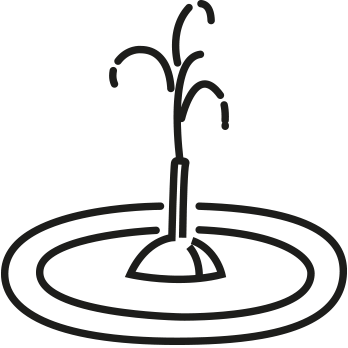

![It’s Nice That An Exercise in Style: Interviewing John Morgan As we ascend the stairs from his subterranean studio, our conversation turns to the subject of design writers. “Are there any? And if there are, why?” A point of contention is, if they do exist, “can [they] write about a subject other than design in an interesting way…](http://www.billiemuraben.com/wp-content/uploads/2017/08/fountain_10.jpg)
